Mozambique to speed up wildlife park fencing in Gaza to reduce animal attacks
Milange will soon be connected to national grid
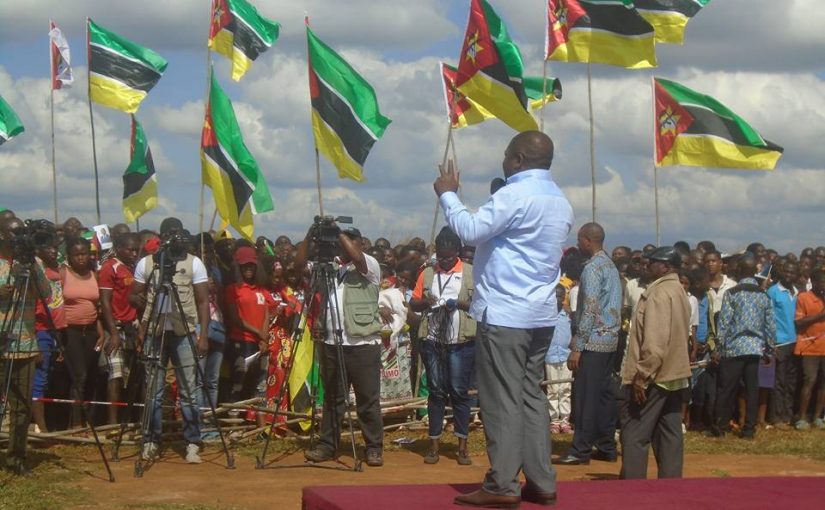
Photos: Jackson Vasco Joaquim Intama Facebook
Electricity from the Mozambican national grid will reach the town of Milange, in the central province of Zambezia, on the border with Malawi, between September and October this year, President Filipe Nyusi promised on Thursday.
Speaking at a rally in the Milange locality of Dulanha, on the final day of a four day working visit to Zambezia, Nyusi said “This work is already under way. Power from the national grid will reach Milange via Molumbo district. We are working for the people”.
Milange currently receives its electricity from Malawi, which creates serious difficulties for Milange residents and companies because of the restrictions in the Malawian supply.
So far, 19 of the 22 district capitals in Zambezia have been connected to the national grid. In addition to Milange, Mulevala and Luabo are not connected to the grid. Nyusi promised that, by the end of this year every Zambezia district will be connected, and will be receiving its power from the Cahora Bassa dam on the Zambezi river.
“This was one of the major requests made by the public on 23 September 2014”, recalled Nyusi, referring to his visit to Milange during the 2014 presidential election campaign.
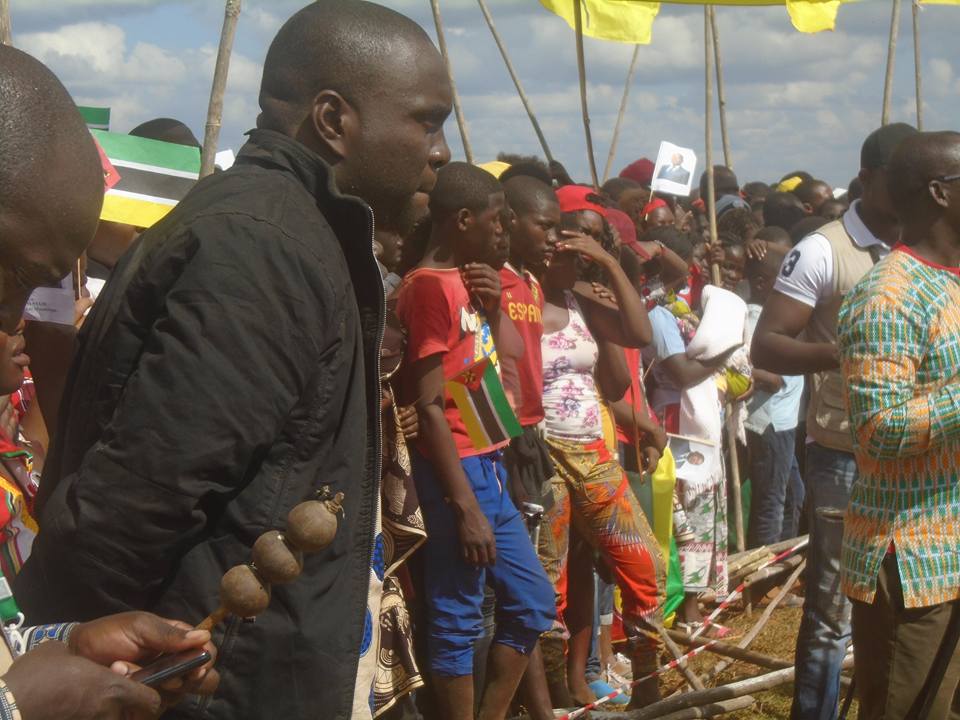
During the Dulanha rally, Nyusi also promised to mobilise funds for paving more roads and for maintaining the road network. “Friendly countries are interested in financing some of this work”, he said.
He reminded his audience that the road between Milange and Mocuba, which is over 200 kilometres long, was recently paved, thanks to government action.
But work is still required on other roads. Dulanha residents who spoke at the rally called for paving the road between the Molumbo and Milange district capitals, which is in a very poor state of repair, but is regarded as critical for the economic life of the two districts.
One woman who spoke told Nyusi the Milange-Molumbo road “is so strategic that, even in its highly degraded condition, it is still being used by heavy trucks, carrying essential commercial cargo”.
AIM travelled along 100 kilometres of this road in a Land Cruiser vehicle on Wednesday, and the journey took more than three hours.

Nyusi also stressed the need to use the Mozambican currency, the metical, in commercial transactions, and not the Malawian kwacha.
“Our metical is stronger than the kwacha”, he stressed, “and we have the responsibility to protect our currency”.
If a kilo of maize costs three meticais, “you prefer to sell it in Malawi for 20 kwachas. You think that’s a lot of money, but you’re losing. We have to understand this”.
At current exchange rates, there are 12.4 Malawian kwachas to the metical. So three meticais is equivalent to over 37 kwachas.
Nyusi said he would ask the central bank to work in Milange and other border areas to explain currency issues to local farmers.



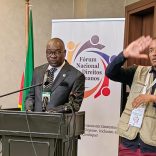
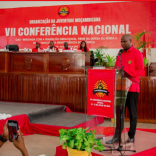
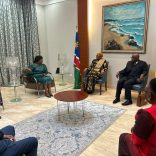
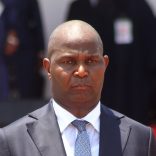


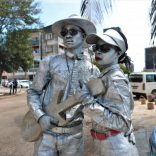
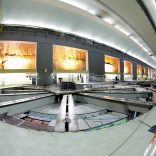


Leave a Reply
Be the First to Comment!
You must be logged in to post a comment.
You must be logged in to post a comment.